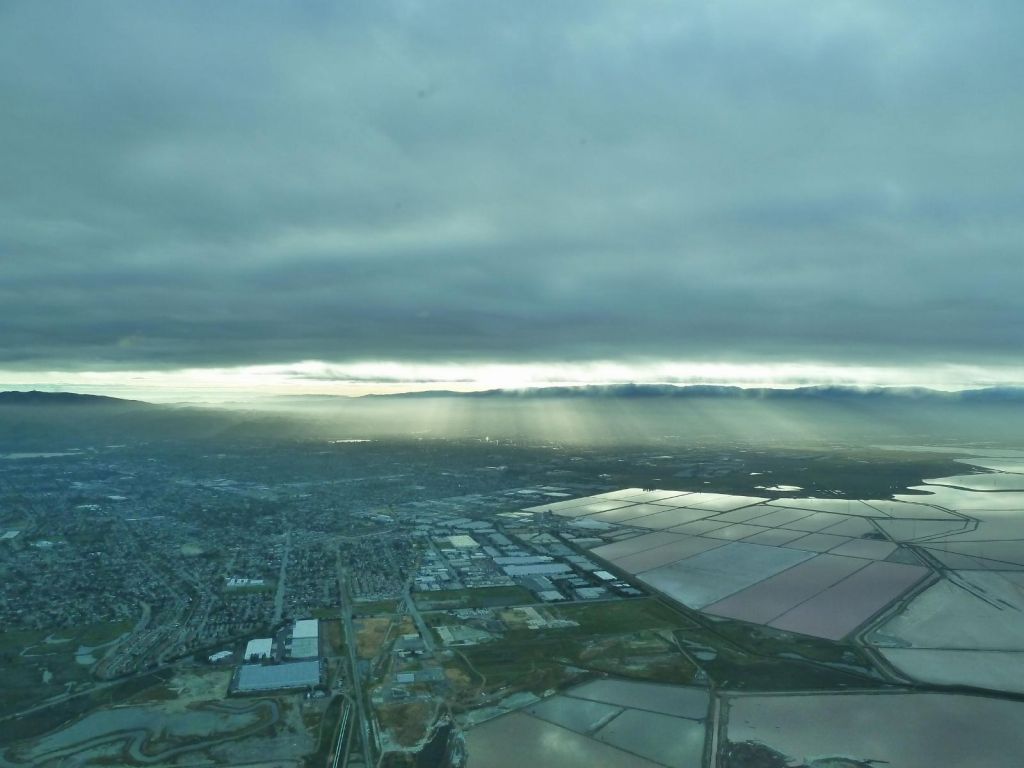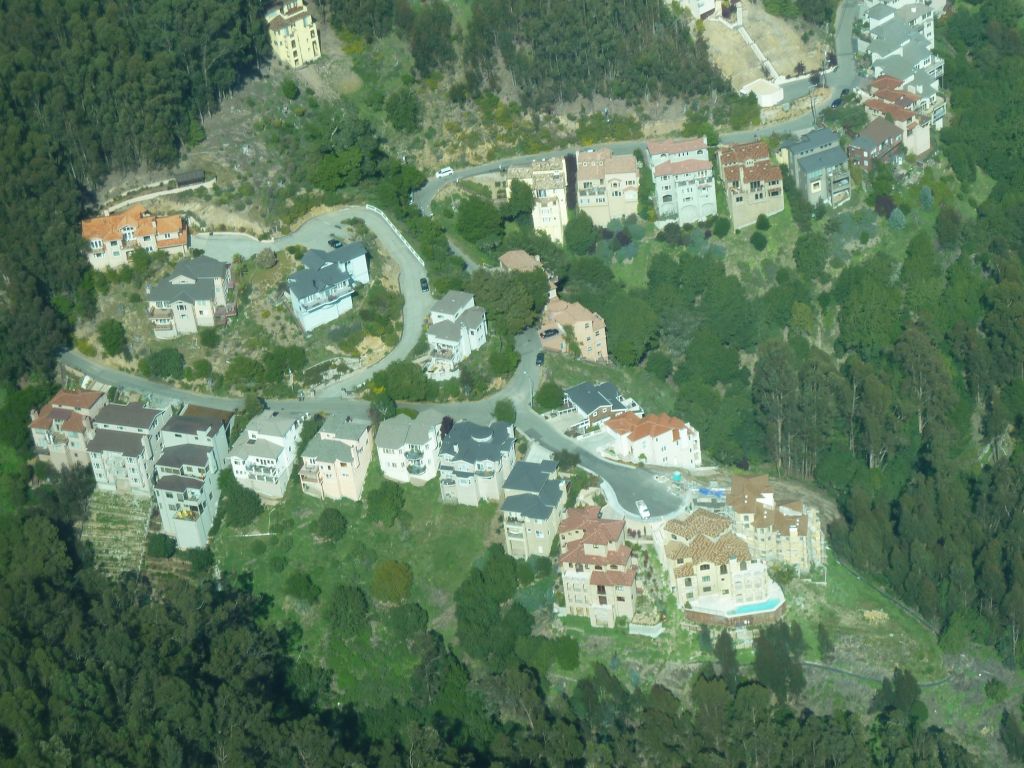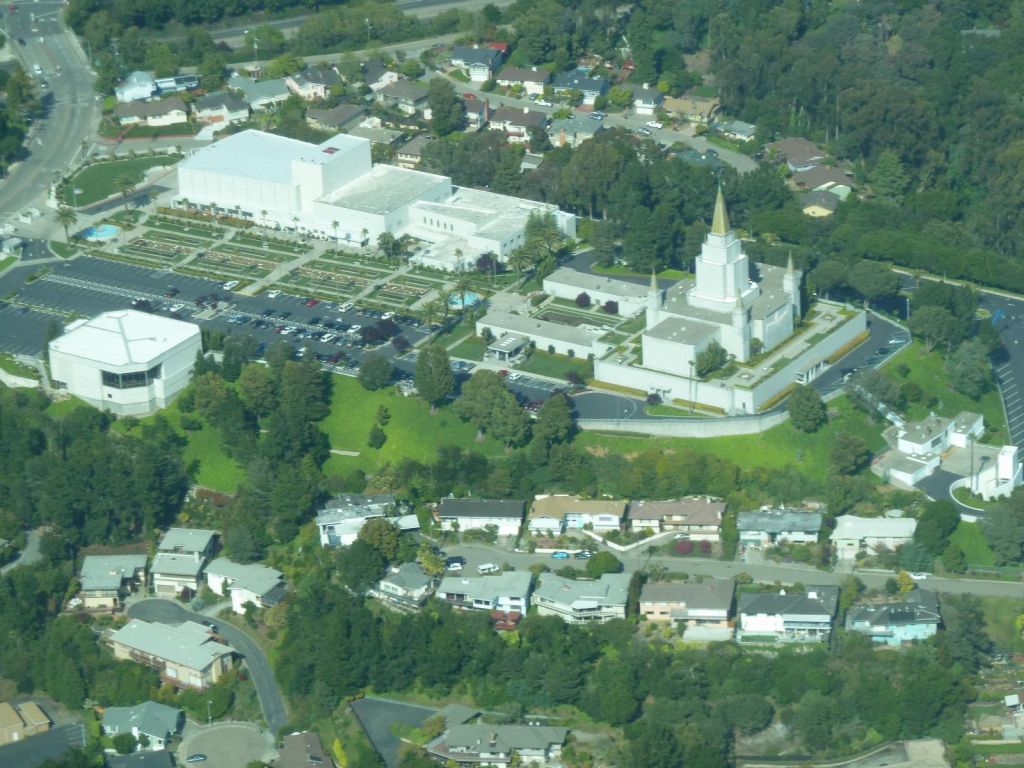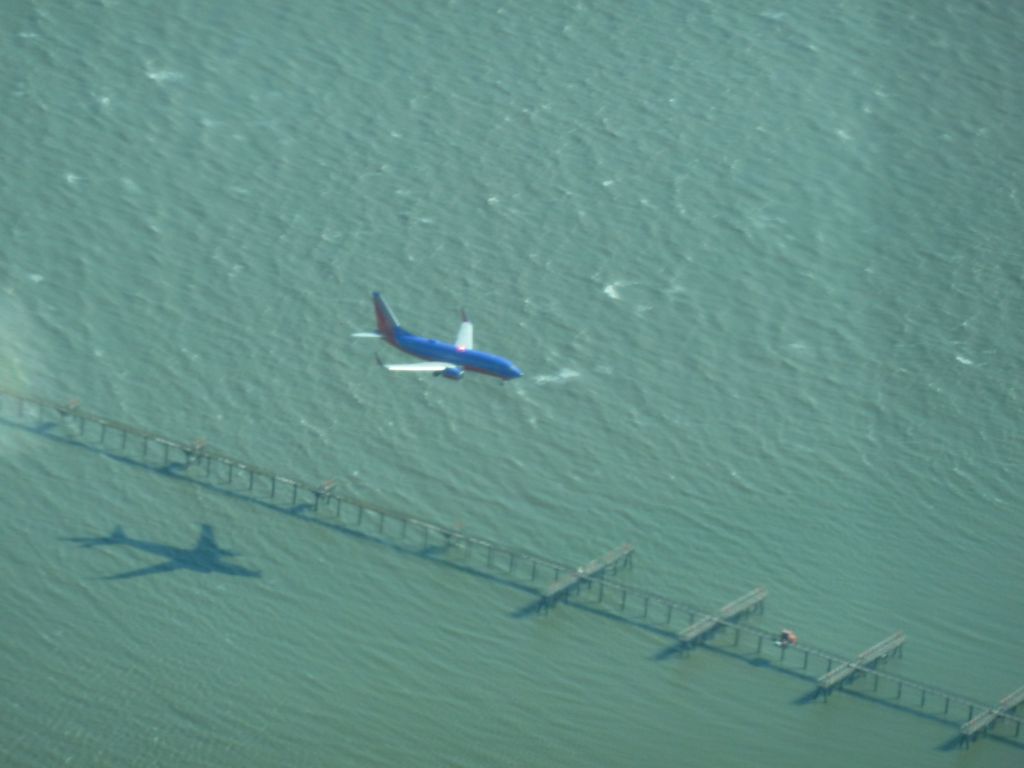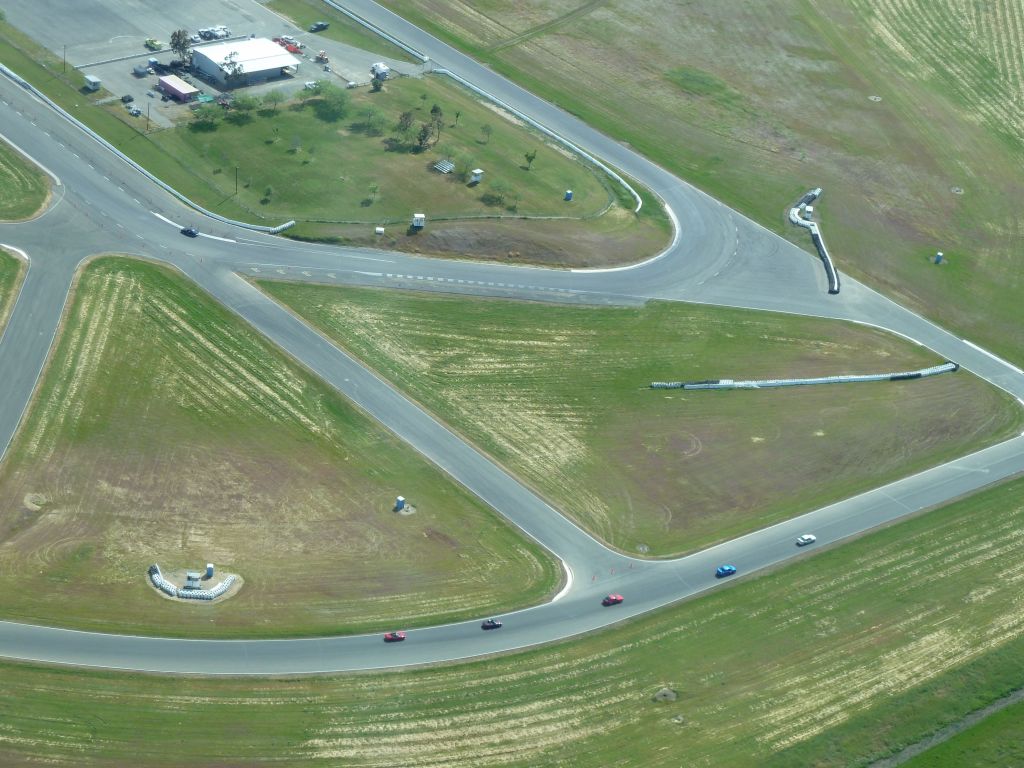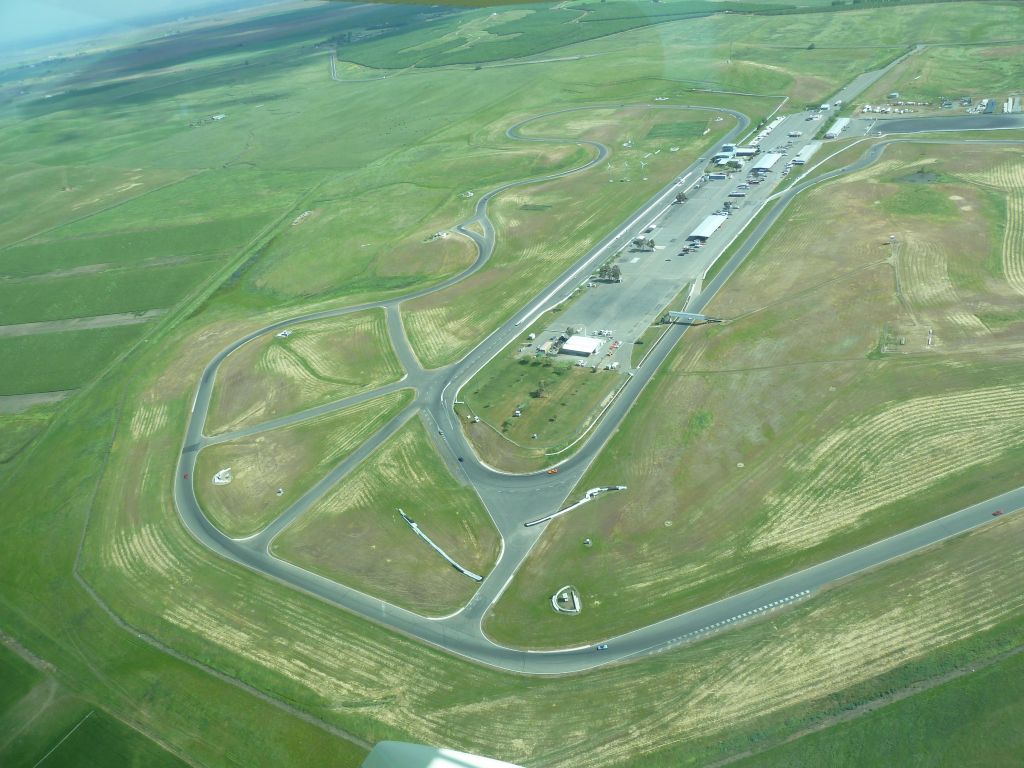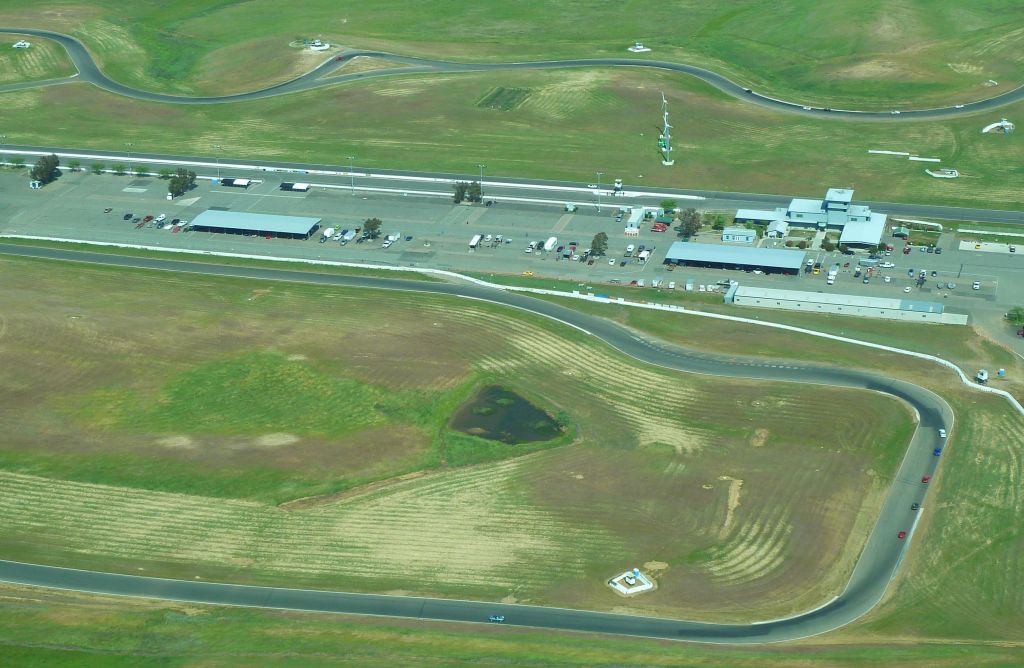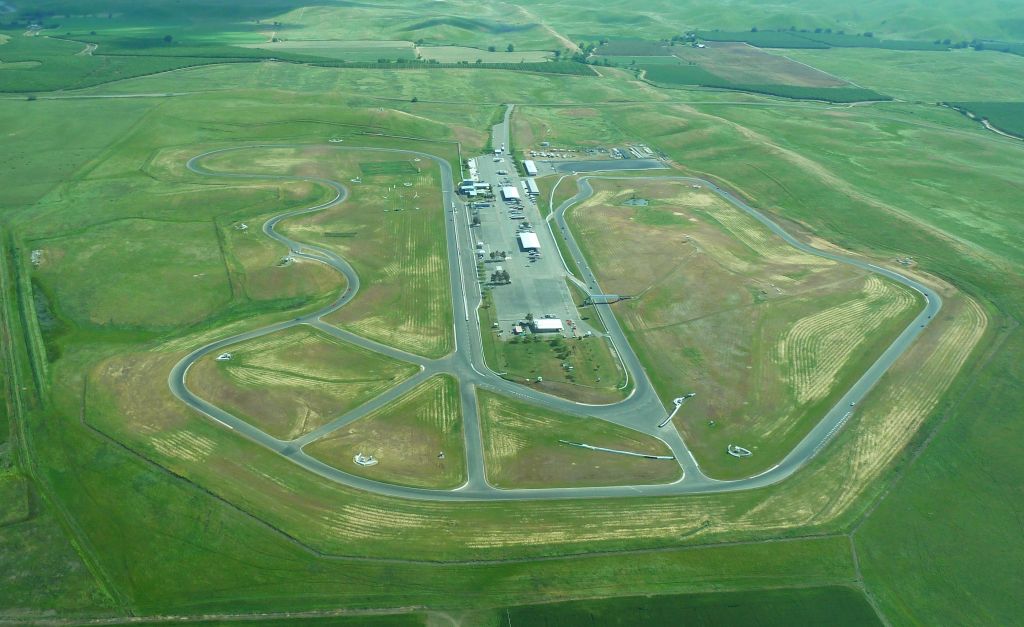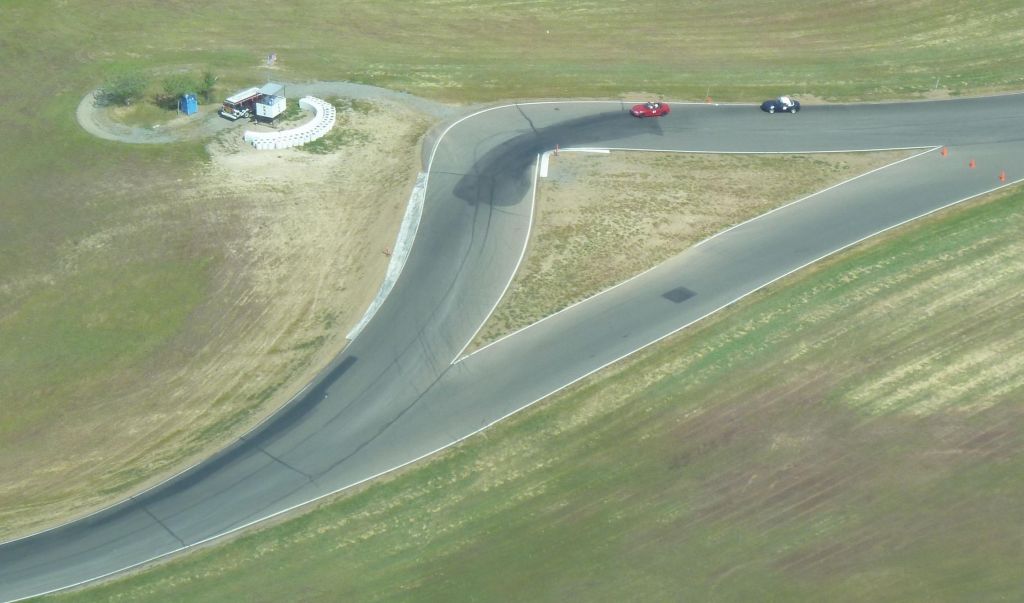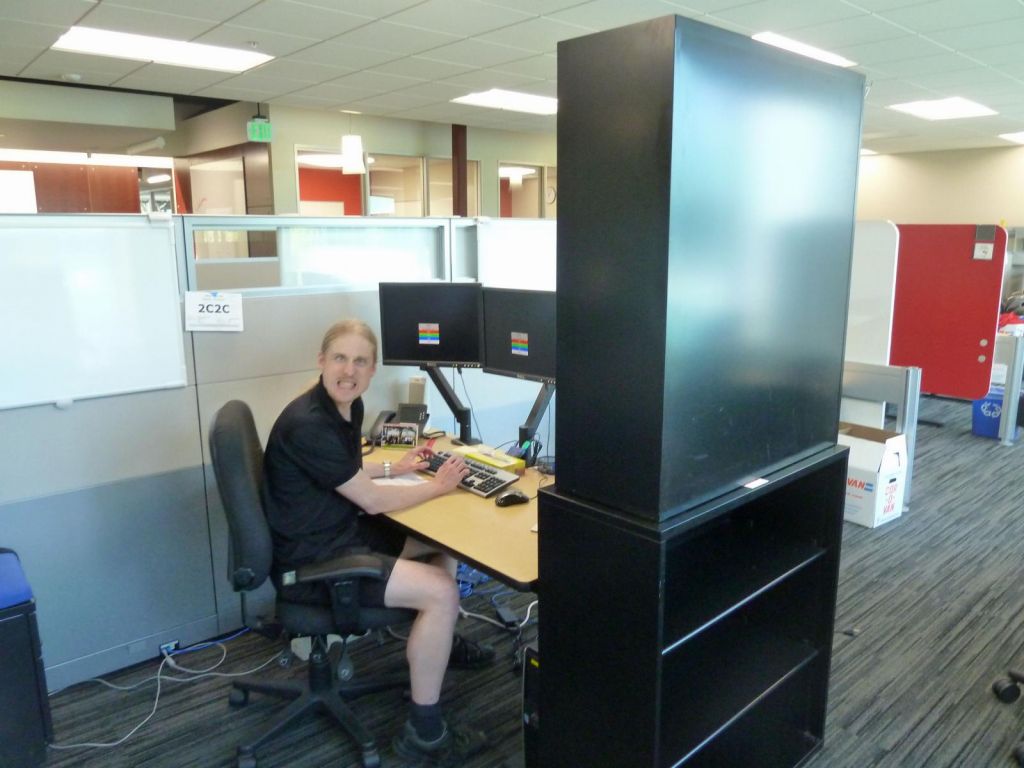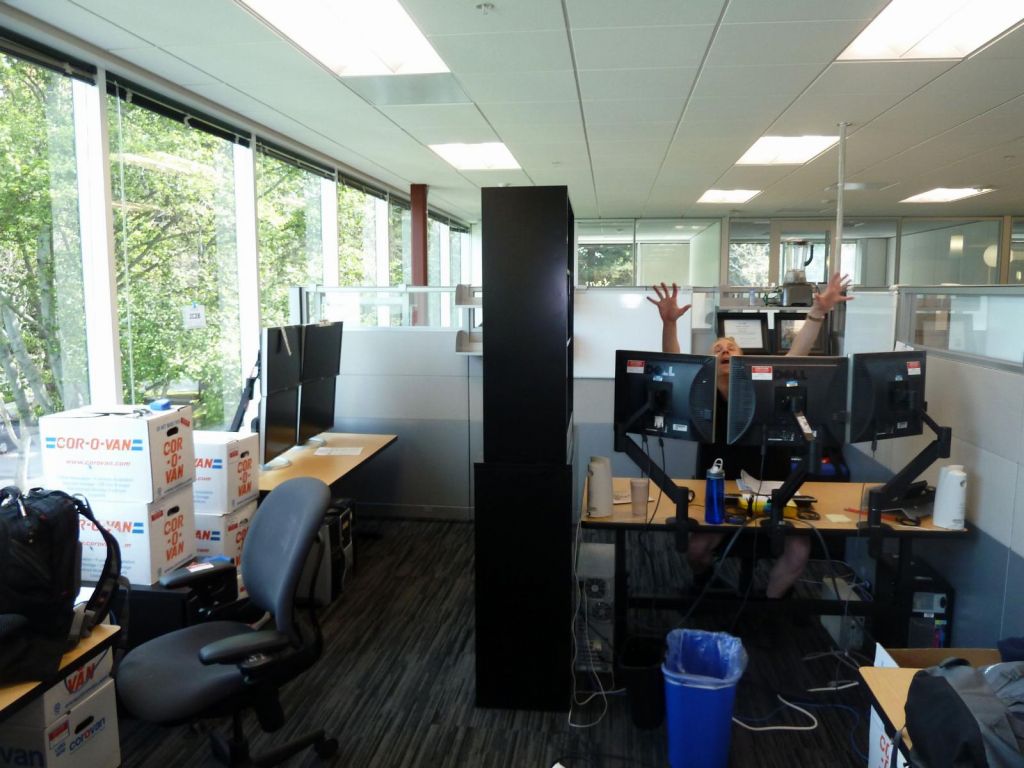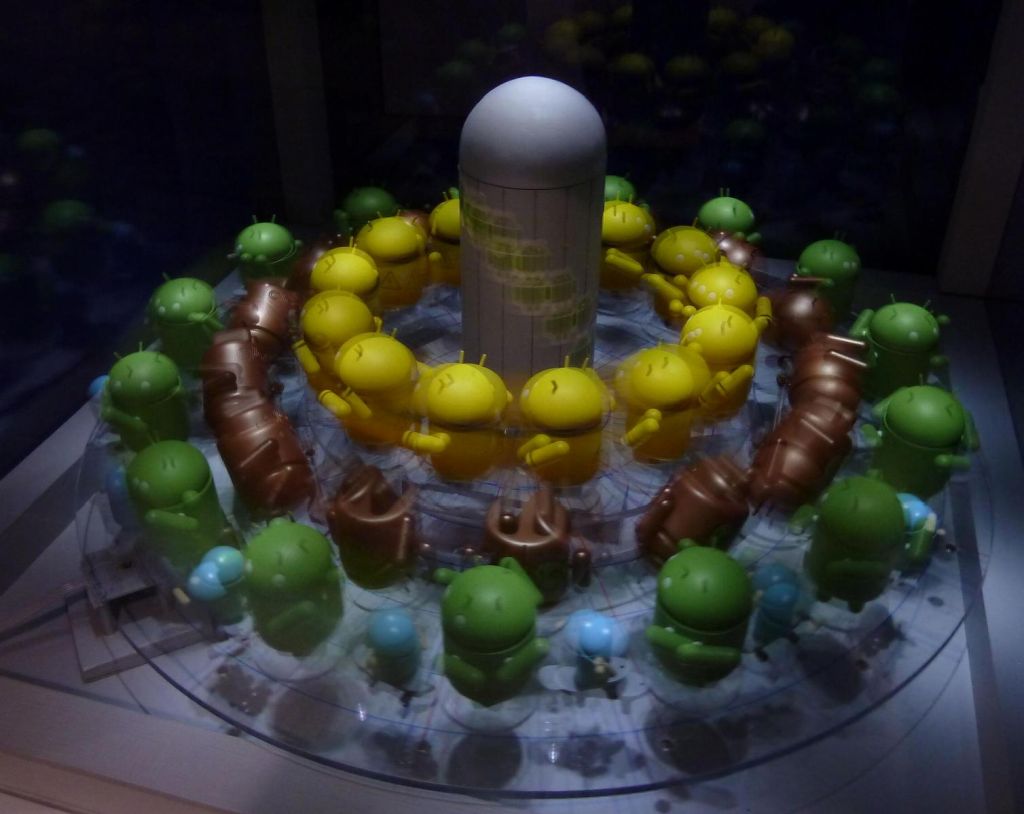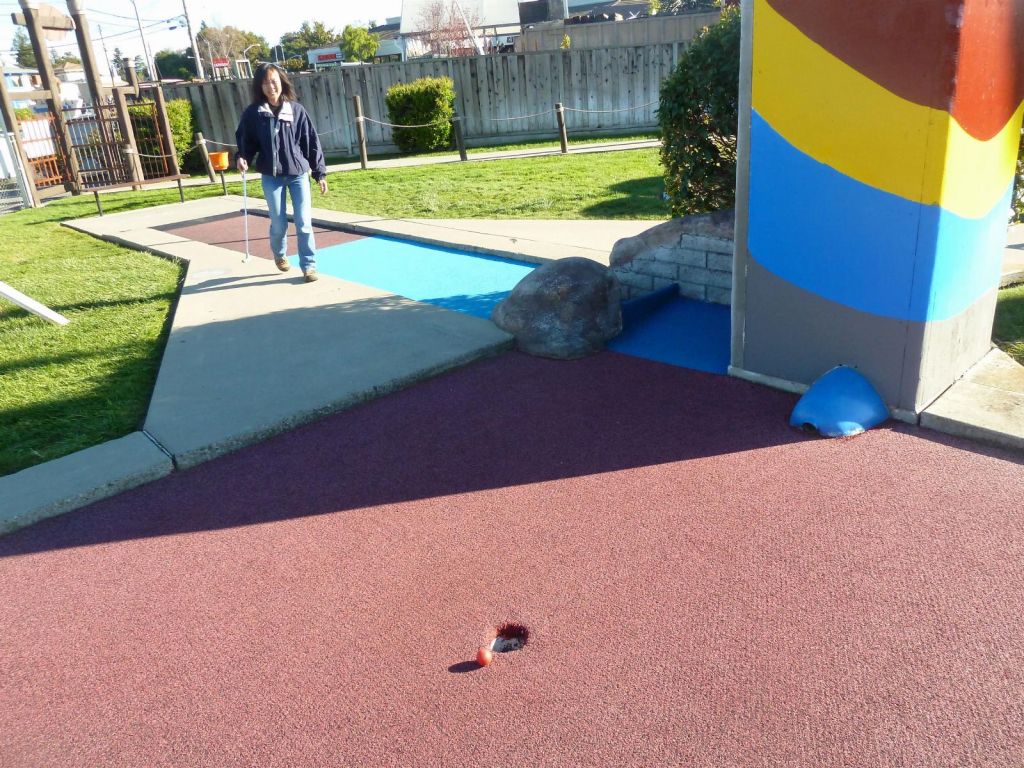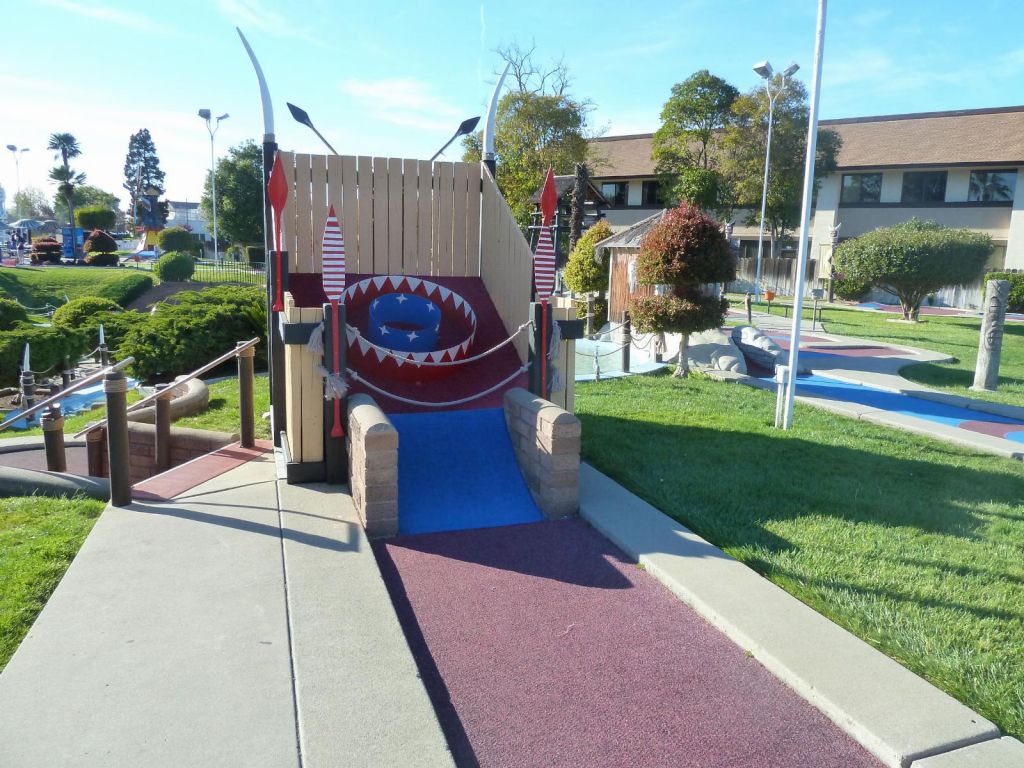John was helpful in being able to get my car there, and I was able to fly that morning to attend Bonni's event.
My front tires apparently had gone past their grippy section, so the car was understeering a bit. At the time time, it seems like the brake fluid should have been flushed earlier and braking was becoming uncertain after a certain number of laps, causing me to go out in 11 once (braking in a straight line didn't quite work out, so I finished outside, although no harm done).
On my 5th session, braking was really starting not to feel right, and sure enough my inside pads (which are almost impossible to look at without taking the wheel out or jacking up the car), had apparently ran out of meat way before the outside ones, and were rubbing metal on metal. Bummer...
Oh well, I didn't brake any records that day, but it still was a good day.


